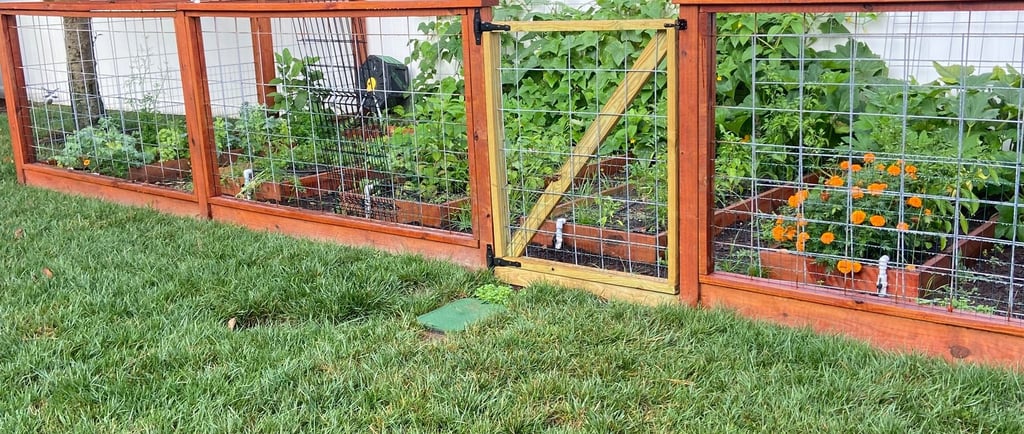Beginner Gardening: Top 3 Steps to Kickstart Your Kitchen Garden
8/15/20252 min read


Getting Started: What You Need to Know
So, you're ready to dive into the world of gardening, but where do you begin? If you're a beginner gardener feeling overwhelmed, don't worry! I got you covered. Starting a kitchen garden can be a rewarding experience, and with the right approach, you can grow fresh herbs and vegetables right in your own backyard (or even indoors!). Here are three essential steps to consider before planting your first seed.
Step 1: Plan Your Garden Space
Before you rush out to buy seeds, take a moment to assess your available space. Understanding where you’ll plant your kitchen garden is crucial. The one thing I would always consider first is how much sunlight does your space get. This is critical for a successful garden.
Most vegetables thrive in full sun, so aim for a spot that receives at least six hours of sunlight daily. If you have limited space, don't fret! Container gardening can work wonders. You can grow tomatoes, peppers, and even herbs in pots on a balcony or patio. Make sure your containers have good drainage to help prevent root rot. You could also, use one of my favorite products GreenStalk. This vertical grower turns any space into a garden masterpiece.
Step 2: Choose the Right Plants
Once you’ve picked the perfect spot for your garden, it’s time to choose what to grow! As a beginner gardener, it’s best to start with easy-to-grow vegetables and herbs that don't require a lot of fuss. I have a guide that maps this out for you on my site. This guide will not only tell you the top 10 easiest plants to grow but tips to make growing successful! Click Here to Purchase now!
When selecting your plants, it's also worth checking your USDA Plant Hardiness Zone to find out what grows best in your area. This information helps you choose varieties that will thrive in your local climate, ensuring that your gardening journey starts on the right foot!
Step 3: Get Your Soil Ready
A successful garden begins with healthy soil. Before planting, spend some time preparing your soil. You want it to be rich in nutrients and able to drain well. If your garden space is currently just grass or weeds, you may need to clear that away and till the soil. You can improve soil quality by mixing in some organic matter like compost or well-rotted manure.
Once your soil is ready, consider testing its pH level. Most plants prefer slightly acidic to neutral soil (around 6.0 to 7.0). Testing kits are widely available at garden centers and can provide useful insights into how to optimize your soil even further or you can send a sample to your local cooperative extension. Remember, quality soil leads to healthy plants!
By following these three beginner gardening steps, you’ll be well on your way to enjoying the fruits (and vegetables) of your labor. If you want a step by step guide to help you start your garden journey click here to purchase my how to guide! This will give you step by step instructions. Starting a kitchen garden doesn't have to be daunting. With thoughtful planning, smart plant choices, and soil preparation, you'll build confidence and develop a green thumb in no time. So, roll up your sleeves, and let’s get gardening!